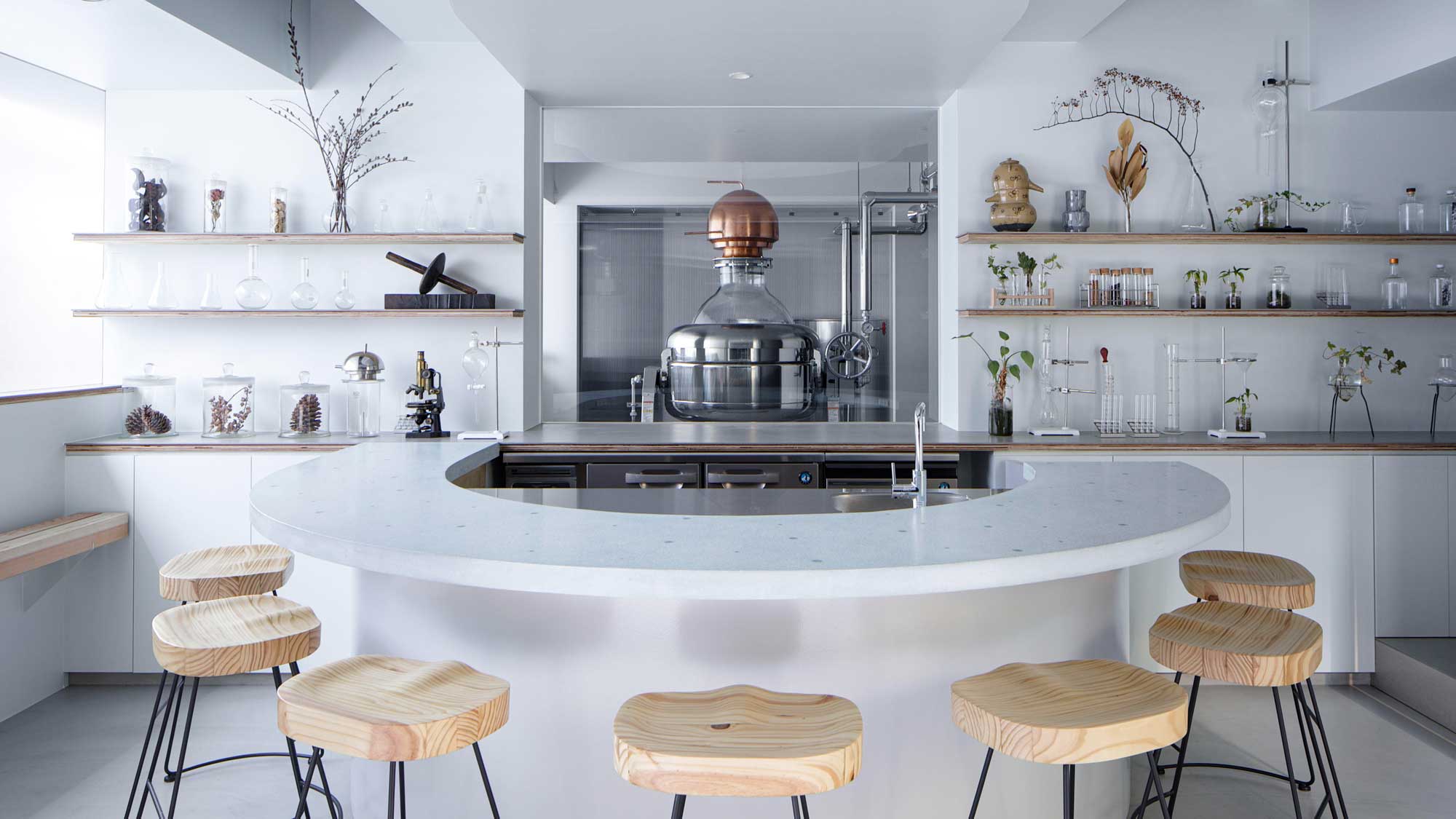
Uncover Japanese Distilled Gin at Fukagawa Distillery
Written by Team MUSUBI
Gin is considered one of the "world's four great spirits," alongside vodka, rum, and tequila. It is a distilled spirit flavored with botanicals—most notably juniper berries. Gin is the base spirit for classic cocktails such as the Dry Martini and Gin and Tonic, and its popularity is rising globally. Since 2020, gin distilleries have been popping up across Japan, with the number now reaching approximately 80.
One of these is Fukagawa Distillery, which opened in March 2023 in Kiyosumi Shirakawa, the eastern part of Tokyo. Its story is truly one of a kind. It began with the creation of an original still. Team Musubi had an opportunity to visit the distillery in Fukagawa, a vibrant area of downtown Tokyo. Passing through charming streets lined with temples and small shops, the distillery is tucked away in a residential area, offering a peaceful retreat from the bustle of the city. From the outside, it looks like just an apartment building, but as we stepped inside the premises, a faint aroma wafted from the distillery, instantly drawing us into the world of gin.

Table of contents
Fukagawa’s Aromatic Gin
Fukagawa Distillery is a small-scale distillery rooted in the vibrant Fukagawa community.
Fukagawa is a town in the eastern part of Tokyo on the Sumida River, including Kiyosumi Shirakawa, Morishita, Monzen-Nakacho, and Kiba. It is known as Tokyo's old neighborhood which still retains the atmosphere that developed during the Edo period (1603–1868 CE). It's a hub of community, with local residents who are deeply connected to their roots. It was in the vibrant heart of Fukagawa that three men from different walks of life and with diverse backgrounds crossed paths by chance. What started as a chance encounter soon blossomed into a strong bond, igniting a passion for the world of gin.

Representative Sekiya Koki is the third generation owner of Sekiya Rika Co., Ltd., a long-established scientific glass wholesaler that has been in business in Nihonbashi for over 90 years.

Co-representative Kobayashi Kota runs a bar and a restaurant that specialize in gin, and the distiller, Taki Tetauwa, is a bartender at Kobayashi's bar and also a painter. What led these three, who had walked such different paths, to be drawn to the world of gin and to work together to become gin makers? And what kind of gin are they aiming to create? Sekiya Koki and Kobayashi Kota each shared the stories of how they met and first encountered gin.

Fukagawa Distillery's signature bottle, "FUEKI," is the first gin the three have created. The bottle's name draws from the haiku philosophy of Matsuo Basho (1644–1694 CE), a haiku poet who had a hermitage in Fukagawa, "Fuekiryukou," which means, "If you don't understand the principles of timelessness, the foundations will not be solid, and if you don't seek novelty, you will fall into staleness." They have embodied his philosophy in the bottle, reflecting their belief and determination to create a one-of-a-kind aroma in gin.

The primary botanical ingredient used is wood chips of hiba, sourced from Japanese cypress trees in Aomori. These wood chips were obtained from the esteemed Hasegawa Manji Shoten, a long-standing lumber wholesaler in the vibrant downtown area of Kiba in Fukagawa. The calming scent, reminiscent of tea tree and cypress, makes you feel as if you are strolling through a deep forest. I was amazed to discover that hiba, typically used for chopsticks and cutting boards, can be transformed into alcohol.
The unique and robust scents of other ingredients, including domestic vetiver (a grass plant native to India), green shiso (perilla), juniper berries, citrus fruits, and steamed ginger from Kochi, interweave seamlessly, creating a harmonious and captivating sensory experience. The domestic vetiver, ginger, citrus fruits, and other ingredients were provided by an acquaintance of Sekiya.
The overall flavor is well-balanced, with a distinctive and refreshing hiba presence that truly stands out. Surprisingly, it pairs well with Japanese food like sushi and yakitori. Like sake, it leaves a refreshing taste in your mouth. If you add shiso instead of mint to the gin, the rich, refreshing summer flavor will bring out the best in your Japanese food. Kobayashi explains, "We are passionate about creating a gin that pairs well with Japanese food."
The bottle is a standout feature. It’s a stunning laboratory-style glass bottle handled by Sekiya Rika Co., Ltd., designed to perfectly hold a clear gin liquid. The label, a sumi-e painting of a spectacular splash of water, stands out against the simple clear glass bottle. The painting is a 1/1000th scale enlarged photograph of the splashes of water that take place at the Water-Splashing Festival, one of Tokyo's three major festivals, held at Tomioka Hachimangu Shrine in Fukagawa.

The "local culture" of Fukagawa, where old and new coexist, is reflected in the bottle.
This special gin, which marks their starting point, is an important bottle born from their pride in belonging to the community of Fukagawa where the local people look out for each other.
Their Encounter with Gin
"I wanted to create a new job that could utilize the exquisite skills of scientific and chemical glass craftsmen," Sekiya began to tell his story.

Scientific glass refers to specialized tools used in schools and laboratories, such as beakers, flasks, cylinders, and petri dishes. Sekiya Rika Co., Ltd. specializes in products that cannot be mass-produced and are handmade by craftsmen according to customer orders. The craftsmen work in a downtown area; many of whom are over 60 years old, even though they are so-called young craftsmen, and some are in their 80s. Due to Japan’s declining birthrate, schools are being consolidated and closed, and corporate laboratories are merging or shutting down, resulting in a decrease in wholesale customers, so there are fewer opportunities to utilize their skilled techniques every year. Considering the age of the craftsmen, it was crucial to swiftly establish a new domain and a nurturing environment, making it appealing for young professionals to enter the industry and embrace the artistry of these seasoned craftsmen. In the challenging environment surrounding the wholesale family business, Sekiya came up with a business idea that would design glass products into interior goods and sell them.
In 2015, he opened an antenna shop called "Rikashitsu" in Kiyosumi Shirakawa. Around that time, in response to the aroma boom, he designed and manufactured a home distiller called "Rikaroma," which became a turning point that led to his encounter with gin.

"I started holding workshops three times a month to spread the word about this distiller, and not only aroma specialists but also Japanese food artisans, bartenders, and chocolate creators began to participate in. I heard stories of people making udon noodles or chocolate with water flavored by the distiller, and it occurred to me that the distiller could be used in craft-making."
Sekiya encountered craft gin at a workshop for the scientific and chemical industries in 2018 and became fascinated by its potential.
Meanwhile, Kobayashi, who was exploring what kind of alcohol to serve at his bar, became fascinated with gin around the same time and began specializing in gin at his bar. "It's been incredible to see all the different fruity types, spicy types, gins with different characteristics, and I have served over 400 types," says Kobayashi.
They met at a public talk event and struck up a casual acquaintance—but neither realized how deeply the other was already captivated by gin.
However, one day at an event hosted by their friend, the head distiller at Toranomon Distillery in Toranomon Hills, Sekiya and Kobayashi met Tatsumi Shohei—a pioneer of Japanese gin and distiller at Tatsumi Distillery in Gujo Hachiman, Gifu.
Due to the impact of the coronavirus in 2021, both Kobayashi's restaurant and Sekiya's business were forced to suspend operations. But it turned out to be a good opportunity for both of them to explore new and innovative business ventures.
Luckily at that time, Kobayashi and Sekiya were invited by Tatsumi to peel botanicals and eagerly headed to Gifu the following week.
The moment Sekiya saw the still at Tatsumi Distillery, he knew right then his business idea would work. The still was made on the same principle as the Rikaroma, a home still that Sekiya had designed and manufactured. He decided that his next new business venture would be to make gin. On the way back to Fukagawa, Sekiya asked Kobayashi, "Why don’t we make gin together?" Kobayashi had the same idea.
Making Gin Like an Abstract Painting

In January 2022, Sekiya set out to make his vision a reality. First, he designed a still and ordered a craftsman to manufacture it. The huge still that sits in the center of the distillery is called the "New Tsuburo-style Still" and is a cutting-edge product developed based on the structure of the old type "Tsubro-type still" that was introduced in Satsuma, a current prefecture of Kagoshima (southern part of Japan) during the Edo period, incorporating the glass processing technology of Rikashitsu's home still Rikaroma. The kiln and lid are made of stainless steel and copper, and the main body is a 200-liter (about 53 gallons) flask, one of the largest in the scientific and chemical industry. The steam rising from the bottom is heated and cooled in the dome at the top, where it transforms into liquid. At the top of the still, there is a basket where botanicals are placed to release their natural fragrances. This distiller, which is rare in the world, can produce 100 liters (about 26 gallons) at a time.
Drawing on many years of experience, Kobayashi held unwavering confidence in his sense for gin—but rather than becoming a distiller himself, he chose to send Taki, a bartender working at his bar, to Tatsumi Distillery—confident that Taki was the ideal candidate to bring his vision to life as a master distiller.
This was because he thought that Taki, an artist and creator, would be able to express gin in a vibrant and uninhibited way. Taki began his training as a distiller from scratch. During his training, a comment from his mentor Tatsumi opened his eyes to the true meaning of gin: "It works well if you express the taste and aroma of botanicals with the feeling of abstract painting." Taki became captivated by the boundless potential of expression on the canvas of gin, where scents instead of colors do the talking.

The three men's personalities have come together to create a wide variety of gins. Their signature bottle of FUEKI, and other scents; Earl Grey from a specialist tea shop, lavender from Toyama Prefecture, chamomile from Gifu Prefecture, strawberry scent from Fukuoka Prefecture, cedar-scented gin from Aomori Prefecture, and coffee are the staples. They are particular about using domestically produced botanicals wherever possible. For the coffee, they use the grounds from the cold-brewed coffee served at the "Rikashitsu Distillery" that Sekiya opened in 2018 to add flavour. For the strawberry and rose flavours, they use reduced-pressure distillation on a small rotary evaporator in conjunction with a New Tsubro distiller to extract the delicate aromas.
Fukagawa Distillery does not provide or sell gin on-site, but it holds open days once a month, offering unique and exciting ways to enjoy it. For example, they invite a sushi chef to pair gin with sushi.
As gin is positioned as "Fukagawa's local specialty", it is wholesaled mainly to restaurants and liquor stores in Fukagawa, making it easy for everyone to enjoy this unique and delicious drink. If you are looking to enjoy their gin, there are several great places to go; "Bar Nico", a bar run by Kobayashi, "NICO 25 TO GO", a restaurant that specializes in curry and gin, and "Nico Sake Shop", a private liquor store. These three stores are conveniently located in one building near the distillery.
Near the distillery, you'll find the Museum of Contemporary Art Tokyo, Kiyosumi Shirakawa Garden, and stylish cafes. And for the perfect ending to your stroll, treat yourself to a delicious gin at a local bar.
Fukagawa Distillery
1F, 2−3−15, Hirano, Koto-ku, Tokyo



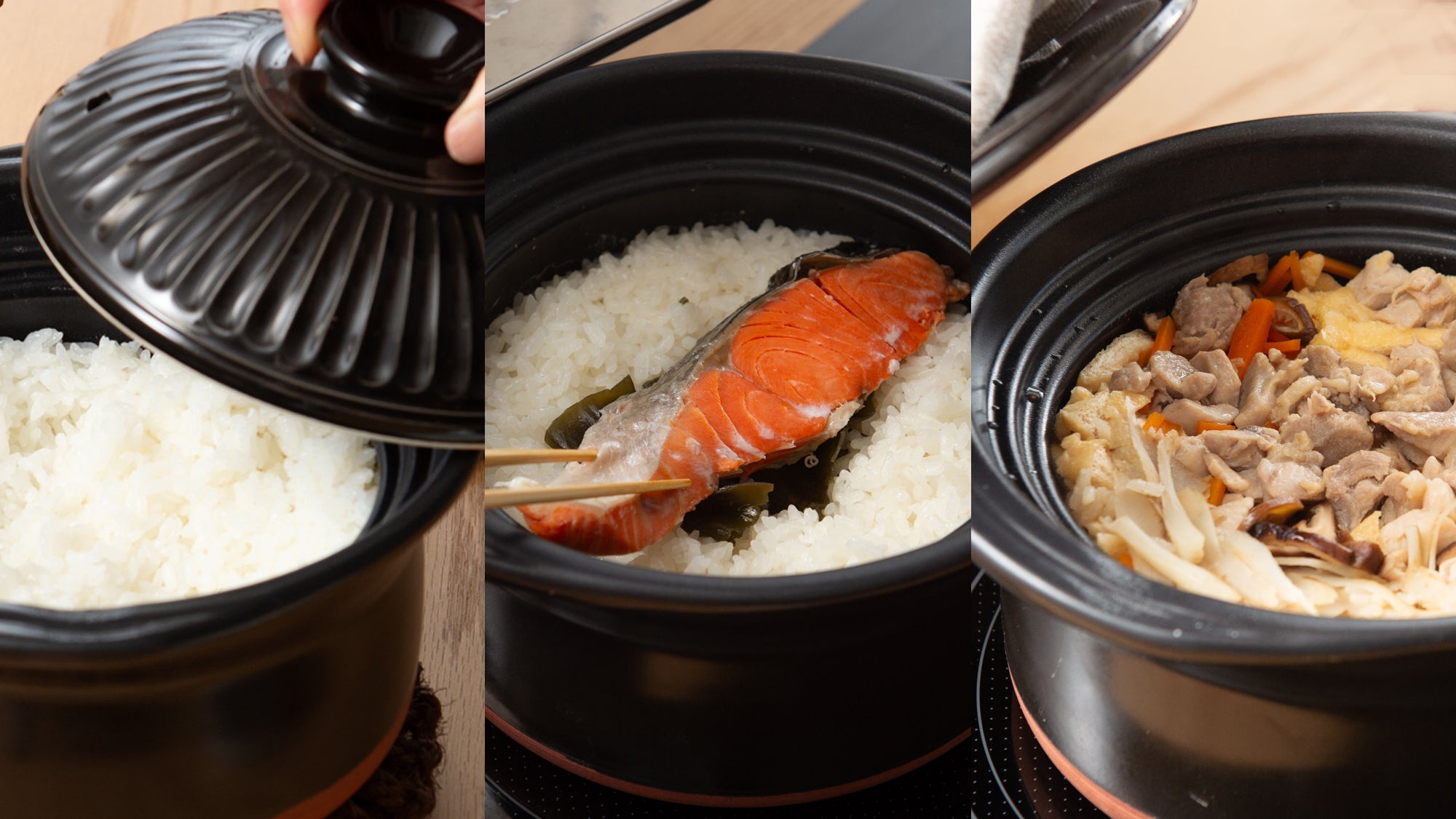
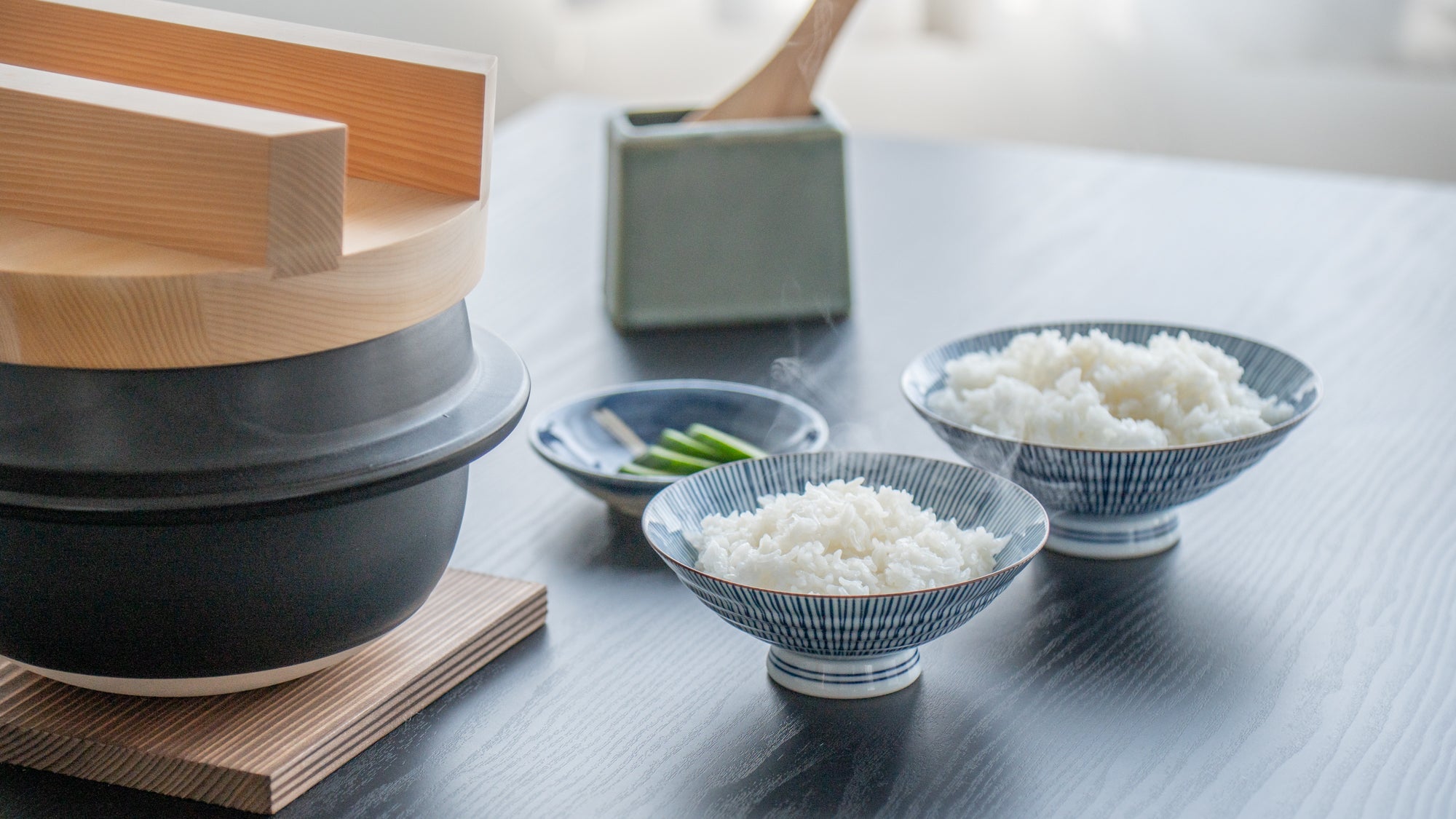
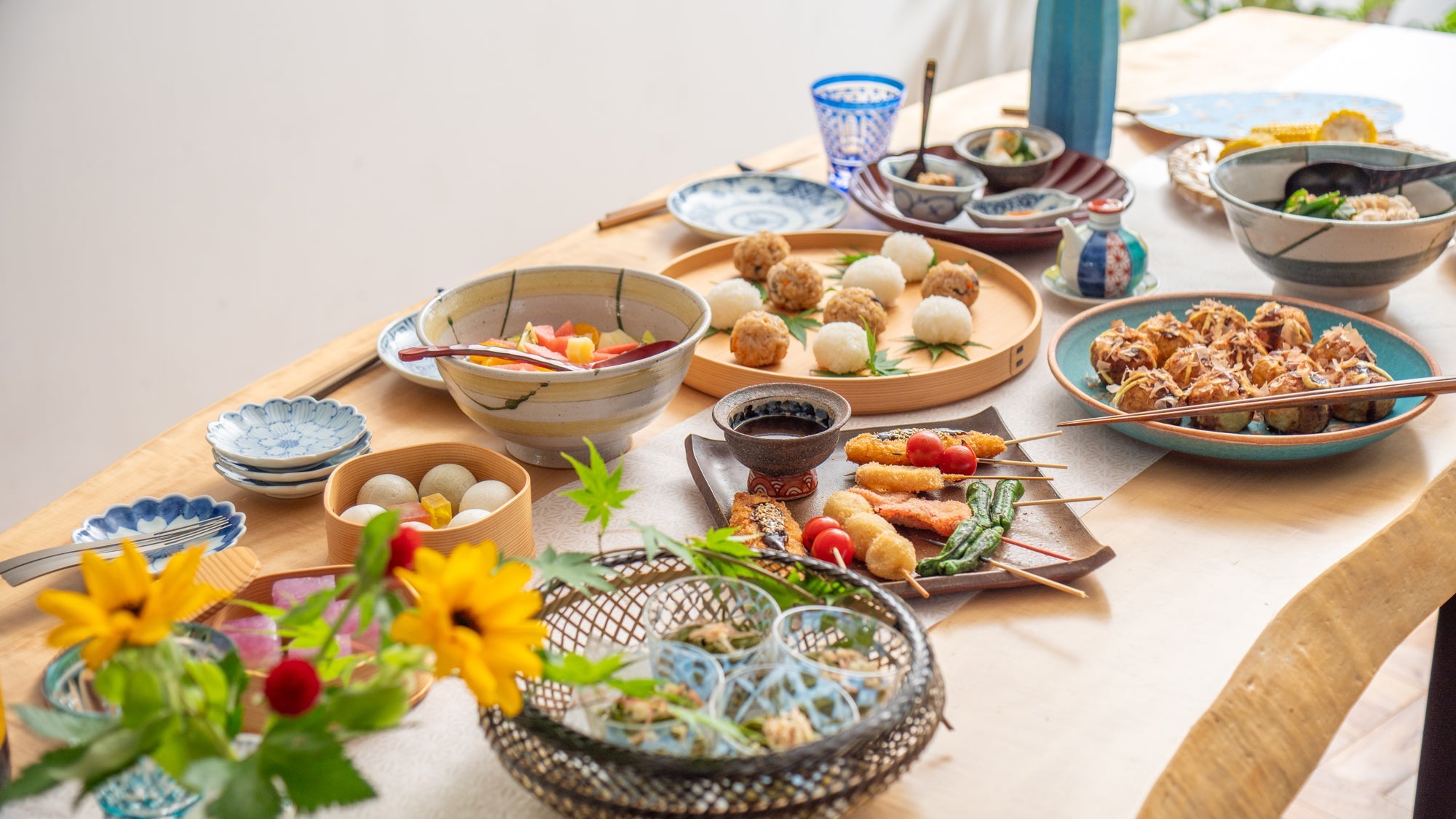

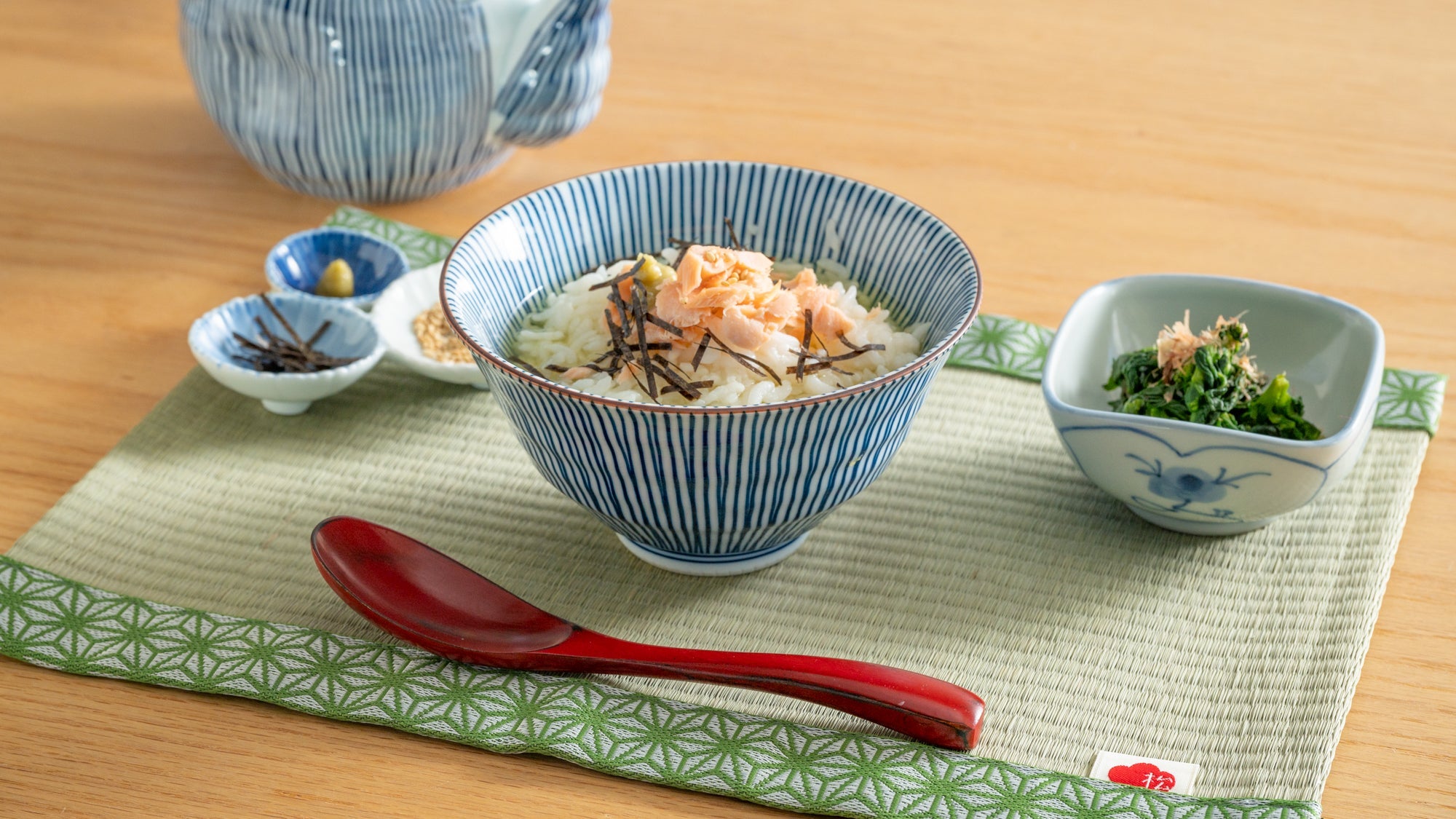
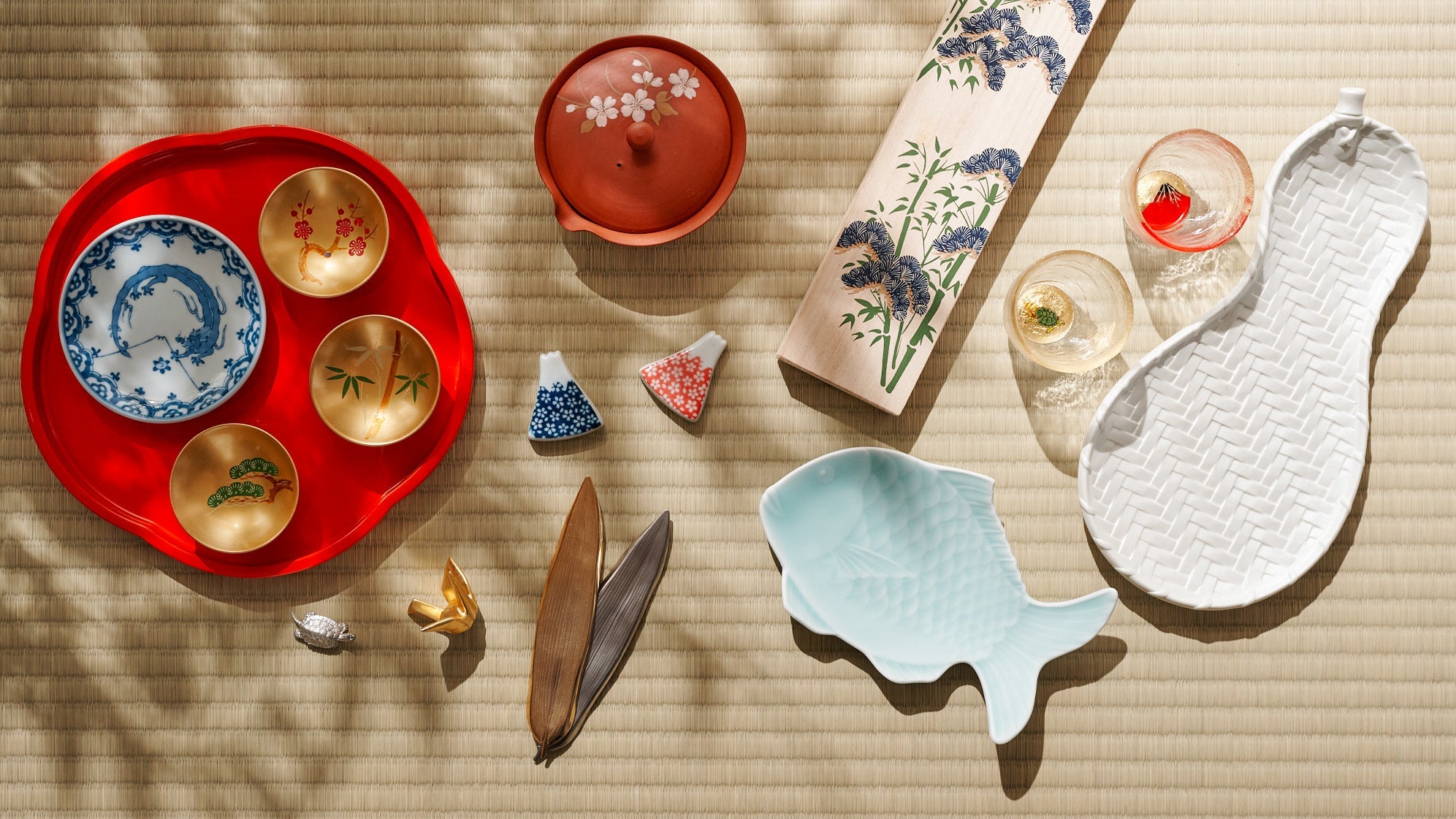
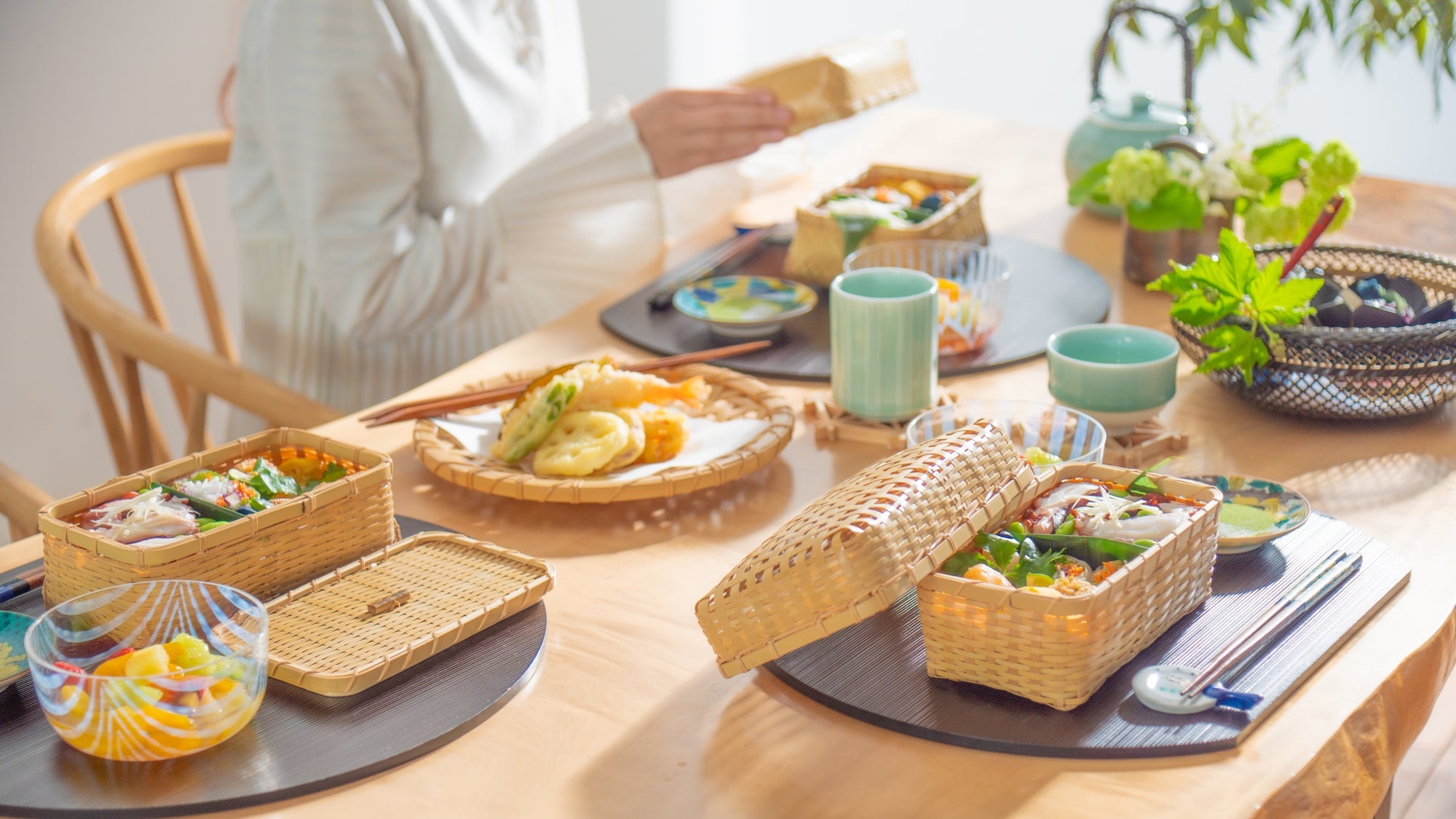
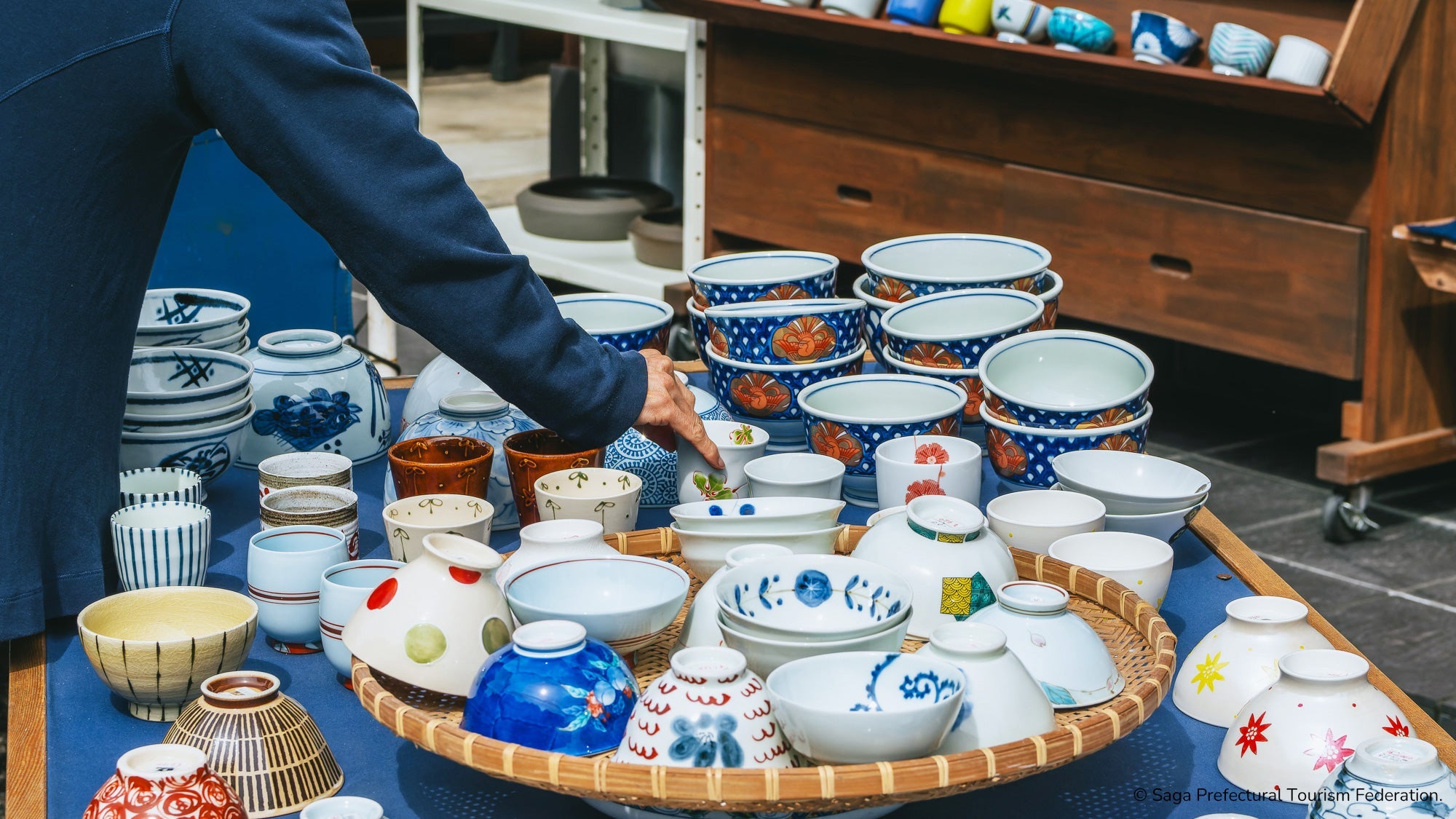

Leave a comment
This site is protected by hCaptcha and the hCaptcha Privacy Policy and Terms of Service apply.